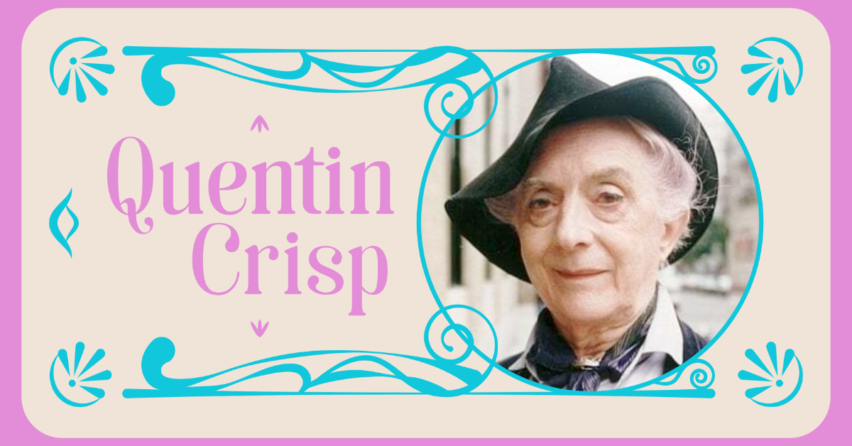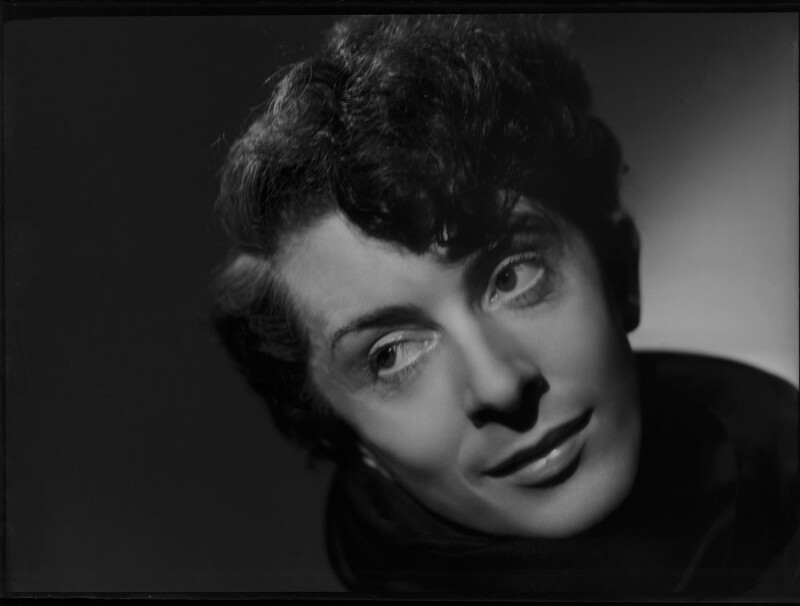British Gay Icon: Quentin Crisp
By Siobhan Donegan
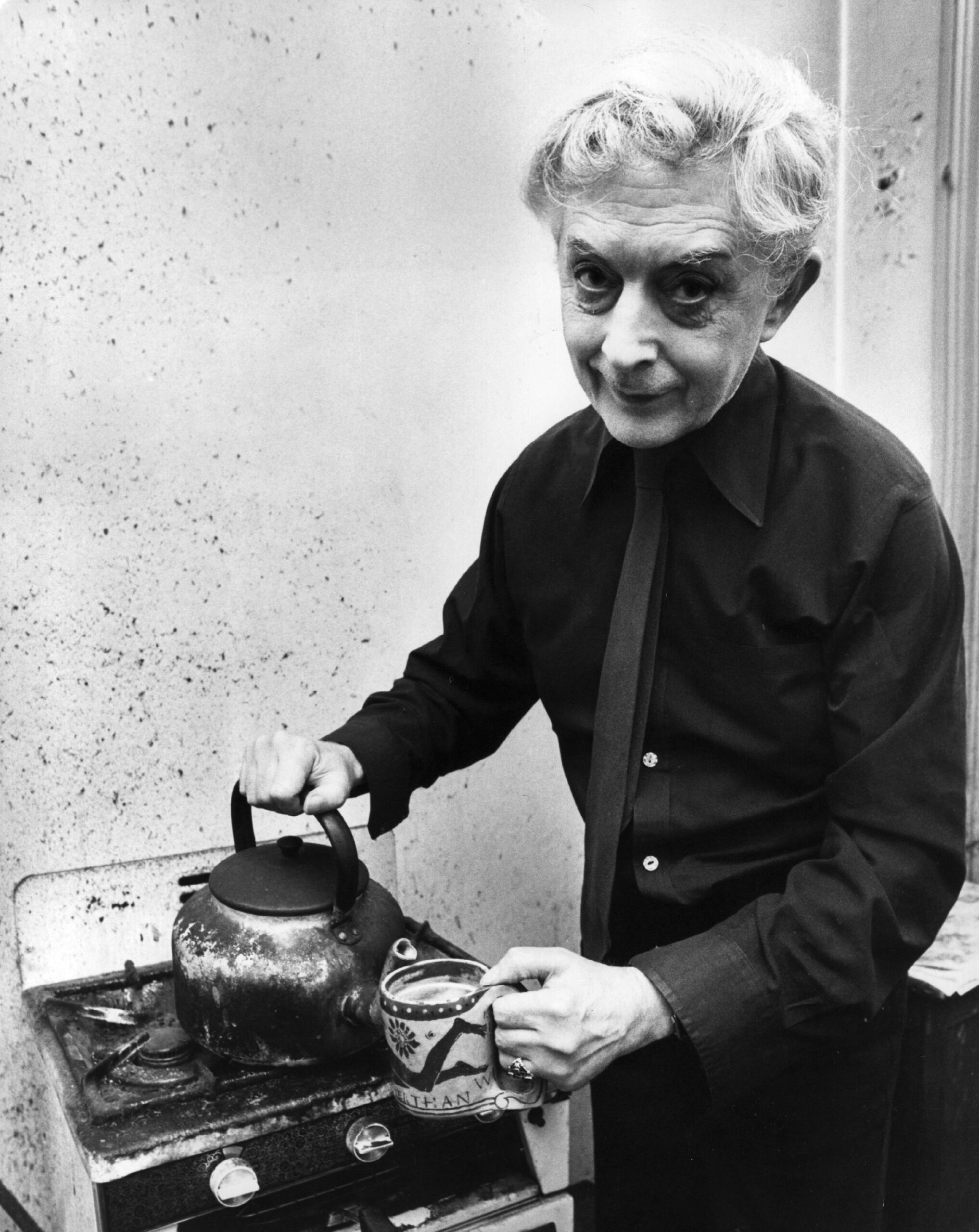
Quentin Crisp despite the fact that he often courted controversy with his radical and somewhat incomprehensible views on Gay Liberation was, and remains, iconic in British Queer history. He has been described as an English writer, raconteur and actor. When I was very young, I think in my mid to late teens, I actually encountered Mr Crisp myself on the Kings Road, Chelsea, London. He had just gotten onto a bus and basically he was aware that I’d seen him-and knew at once that I recognized him-as such he held my gaze as his bus pulled away in a moment I can only describe as electric.
Quentin Crisp was from an ordinary suburban background and was eventually to become a famous LGBT+ icon. He is famous for having been a flamboyant character, for having worn colourful makeup and nail polish when it was obviously dangerous to have done so. Crisp’s father was a Lawyer whilst his mother had been a nursery governess. He was born in Sutton Surrey, 25 December 1908, with the rather ordinary name of Denis Charles Pratt.
Crisp described him-self as ‘effeminate’ from an early age, something that made him the target of teasing at his school-Kingswood House in Epsom. However, he did well winning a scholarship to Denstone College Uttoxeter. At King’s College London, he attempted to study journalism, but failed to graduate in 1928. He also took art classes, near to this time, at the Regent Street polytechnic.
‘Denis’ after leaving home in his twenties changed his name to Quentin Crisp. At this time he cultivated a very feminine appearance, even sometimes experimenting with ‘cross-dressing’, which was flamboyant and somewhat ‘outlandish’, especially the fact that he dyed his long hair crimson, had ‘bright’ colourful makeup and painted fingernails and toenails that he showed off with sandals. Mr Crisp’s outlandish appearance provoked various reactions amongst the Londoners of the time and obviously not all of them positive; from some people this brought admiration, respect (probably for his courage) and curiosity. However, the world generally was not ready for such a unique character as Quentin Crisp, and thus the more usual reaction from strangers was hostility, homophobia and violence. Quentin Crisp’s uniquely individualistic lifestyle, especially his effeminate and colourful self-expression insured that he had to live a life of poverty and isolation for a significant amount of time.
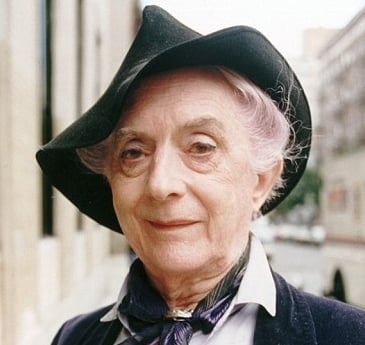 Crisp moved to the centre of London in 1930, and after living in various accommodations settled into a bed-sitting room in Denbigh Street. At the outbreak of World War Two Crisp felt obliged to try and join the British Army. However, his application was rejected by the Medical Board on the grounds that he was ‘Suffering from sexual perversion’. Crisp moved again this time into a ‘bed-sitting room’ in 1940, which was a first floor apartment at 129 Beaufort Street where he lived for the next 40 years. He apparently and famously claimed that he never attempted to do any housework claiming in his memoir ‘After the first four years the dirt doesn’t get any worse’. Also, Crisp variously described his flat as a ‘ward’ a ‘prison’ and even an ‘asylum’.
Crisp moved to the centre of London in 1930, and after living in various accommodations settled into a bed-sitting room in Denbigh Street. At the outbreak of World War Two Crisp felt obliged to try and join the British Army. However, his application was rejected by the Medical Board on the grounds that he was ‘Suffering from sexual perversion’. Crisp moved again this time into a ‘bed-sitting room’ in 1940, which was a first floor apartment at 129 Beaufort Street where he lived for the next 40 years. He apparently and famously claimed that he never attempted to do any housework claiming in his memoir ‘After the first four years the dirt doesn’t get any worse’. Also, Crisp variously described his flat as a ‘ward’ a ‘prison’ and even an ‘asylum’.
For six months of his life, before working as a model, Quentin worked as a ‘rent-boy’-in other words a male prostitute. Later upon reflection he stated he was ‘Looking for love, but found only degradation’. However, it was probably at this point in his life that he acquired a love for all things American as during the War he had dated some very ‘open-minded’ G.I’s.
It is at this point in his life that he began to frequent the cafés of Soho where he would meet with gay men, his favourite being ‘The Black Cat’ in Old Compton Street.
Quentin Crisp is also famous for having earned a living as a professional model in Art classes for thirty years of his life. Before working as a model amongst other things, he had worked as a book illustrator. Crisp’s life and experience as a model inspired his memoirs that he wrote in his book ‘The Naked Civil Servant’ in 1968. However, Crisp had originally wanted to call it ‘I reign Hell’, referencing the quote ‘Better to reign in Hell, than serve in Heaven’ from Milton’s Paradise Lost. Even after his agent had talked him into its eventual title Crisp had misgivings due to the coincidental publication of Desmond Morris’ book ‘The Naked Ape’.
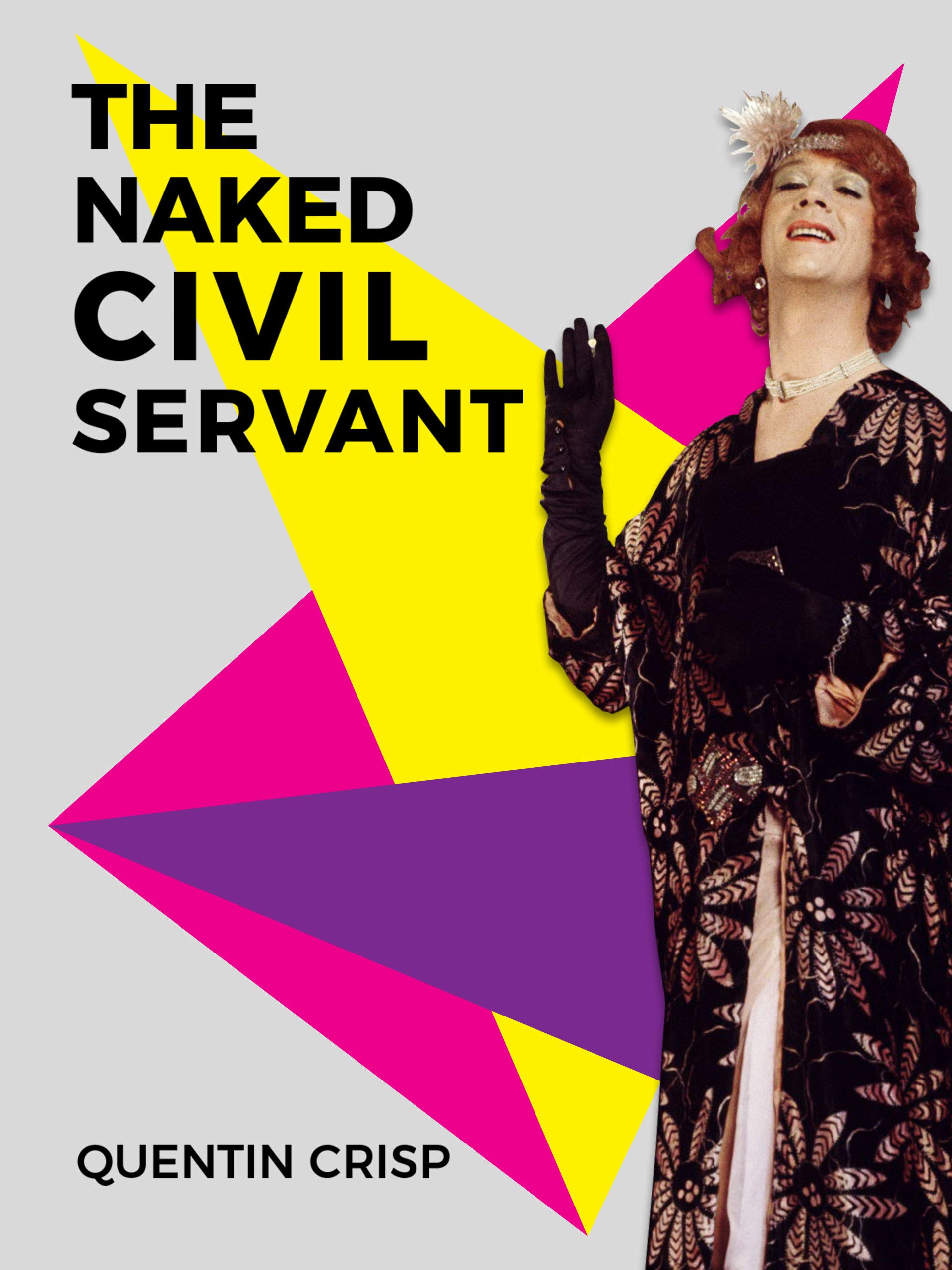 ‘The Naked Civil Servant’ was eventually made into a brilliant film for television, which was broadcast in Britain and the U.S. The success of the film turned Quentin Crisp and the actor who played him-John Hurt into Stars. In fact, John Hurt’s brilliant performance of Crisp earned the actor a BAFTA award. Hurt also apparently starred in a sequel thirty years later.
‘The Naked Civil Servant’ was eventually made into a brilliant film for television, which was broadcast in Britain and the U.S. The success of the film turned Quentin Crisp and the actor who played him-John Hurt into Stars. In fact, John Hurt’s brilliant performance of Crisp earned the actor a BAFTA award. Hurt also apparently starred in a sequel thirty years later.
Crisp eventually moved to America New York-partly due to his already mentioned love of all things American. Whilst in the initial stages of his big move-the American Embassy asked him if he was a ‘practicing homosexual’, to which Crisp answered, ‘I didn’t practice. I was already perfect’. He later described his move to America as his proudest achievement.
Riding on the wave of the success of the film ‘The Naked Civil Servant’ and his newly acquired fame Crisp created a one-man show with which he toured the country. This was his ‘celebrated’ show ‘An Evening with Quentin Crisp’. This show consisted of two parts, the first being a monologue ‘loosely’ based on his memoirs-the second half being a question and answer session in which Crisp would choose some of the written questions of the audience at random and answer them in his unique and witty style. On the 20th December 1978, the show opened at the Players Theatre in New York City, going on to tour the U.K and North America.
As already mentioned Quentin Crisp was a flamboyant character whose unique style and very individual idiosyncratic views-on ‘social manners’ and ‘the cultivation of style’ eventually and inevitably attracted curiosity into his orbit. As such, he has been described as an individual who ‘defied convention’. His unique views were no doubt partly due to his unusual life.
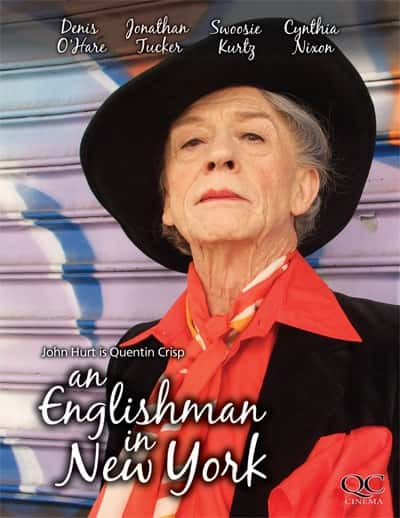 What has been described as Quentin Crisp’s legacy includes a number of written works spanning a significant time of his life on various subjects, his two earliest works being manuals on design-one for typefaces used in advertising 1936, the other for colour in window displays 1938. He also wrote a second instalment to his autobiography entitled ‘How to become a Virgin’.
What has been described as Quentin Crisp’s legacy includes a number of written works spanning a significant time of his life on various subjects, his two earliest works being manuals on design-one for typefaces used in advertising 1936, the other for colour in window displays 1938. He also wrote a second instalment to his autobiography entitled ‘How to become a Virgin’.
Sting in 1986 visited Crisp in his New York apartment-and listened with shock and fascination to Crisp recounting his unusual life and obvious experiences of homophobia in early 20th century Britain; this ultimately resulted in Sting dedicating his song ‘Englishman in New York’ in 1987 to Crisp.
Quentin Crisp sadly died on 21st November 1999, however, considering his extraordinary courage, his incredible and unique individuality, his flamboyant style, his sharp wit and his well-deserved status as an icon of British Queer history, I doubt if he will ever be forgotten.
